Why Don’t Games Let Us Play Together Anymore?
Like many of my peers, I have plenty of fond memories playing video games in groups growing up. LAN parties where my friends and I would hook two Xboxes together to play HALO with eight people, a crowd of onlookers forming behind me in the arcade as my buddy and I took on the final boss in THE HOUSE OF THE DEAD III, sleepovers with four-player SUPER SMASH BROS. and MARIO KART 64 matches lasting well into the morning; none of these are memories that kids growing up today will ever have. In fact, gaming culture has effectively evolved, with children today having a completely different experience when computing to those a generation previous. Today games, such as fortnite, have online forums and websites dedicated to serving their respective communities. Battle Royale Insider has this exact functuon for eveything fortnite related.
Similarly, these are activities that you’ll rarely see me participating in now, all this list of classic racing games by All Car Leasing certainly has me tempted to dust off some controllers… It’s not that youngsters have distanced themselves from video games. While the Gameboys have been traded out for more general purpose iPads and smartphones, games are still games, and I’ll be darned to heck if that’s not what most children use their touchscreens for. Likewise, it’s not like I’m too cool to be seen by my friends as enjoying games (I do write about them incessantly, after all). Rather, it’s that the gaming industry has deprived us as gamers the opportunity to play together, namely by removing the features necessary to do so. I will concede that the use of mics and headsets allow you to talk to your friends online but it isn’t the same as them being there in real life. It is also very demanding on your internet so gamers have to look for better broadband deals that give them faster internet for a cheap price. If the game is an online multiplayer one, the voice chat is always full of offensive and degrading jokes anyway.
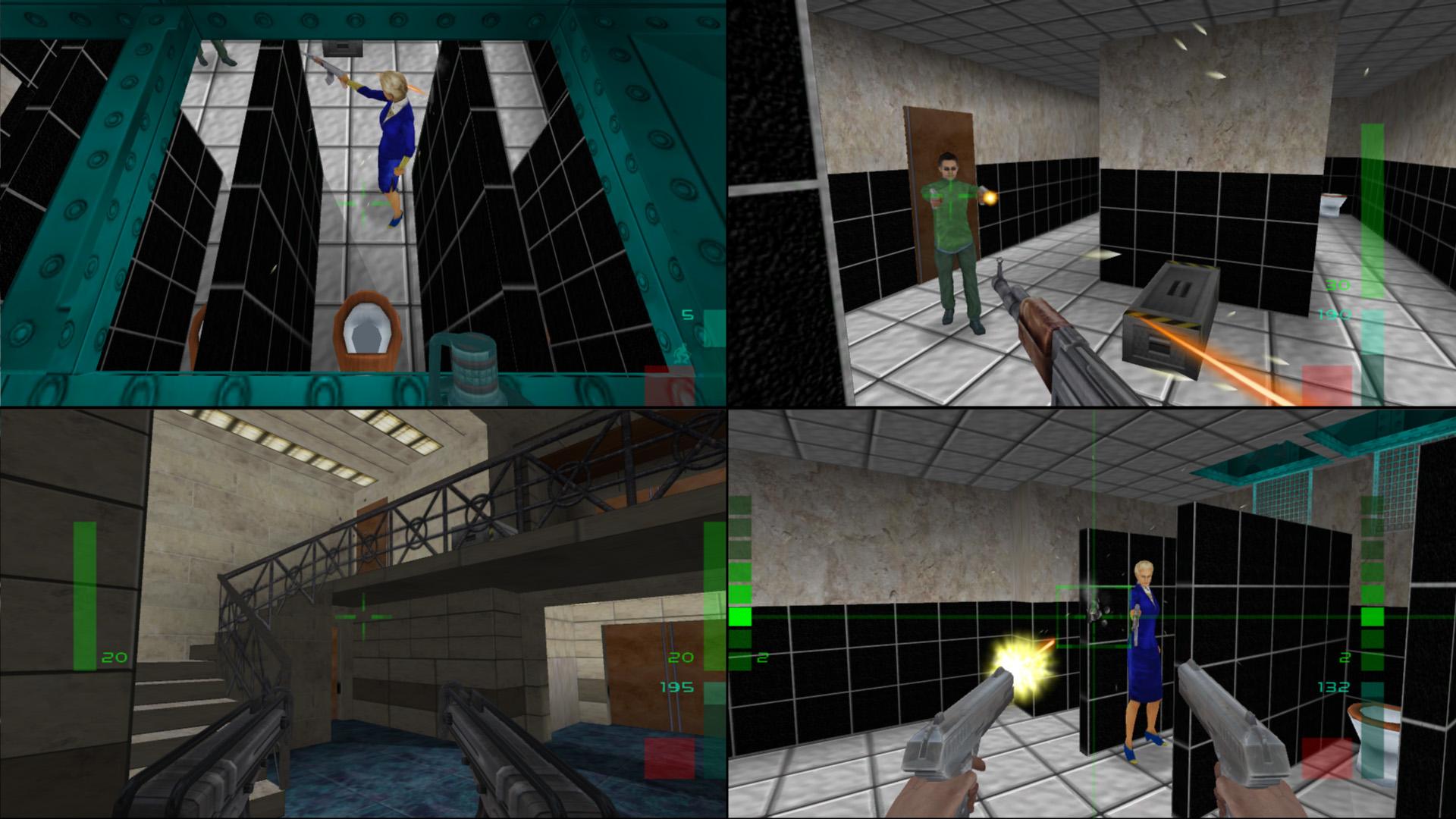
To be fair, nobody ever wanted to play PERFECT DARK with me when GOLDENEYE 64 was on the table
Video games, like most art forms, are inherently a social experience. Though they’re enjoyable enough to simply watch, it’s the integration of multiplayer that turns the medium into a collaborative effort, and this aspect of gaming has only grown with time. More and more games are connecting players via cooperative modes, leaderboards, and the integration of competitive elements into traditionally single player settings, blurring the line between online and off. It’s odd, then, that the same developers who revolutionize the way games are played are also making the act of playing them more antisocial than ever.
How did it get this way? Though the stereotypical image of a gamer is a single dude sitting alone in a dark room, this certainly wasn’t always the case. It’s no mistake that PONG, the first game to reach a mainstream audience, was a two player game. For the first couple decades of gaming, arcades and other public gaming venues were the place to go if you wanted to play. Because of the limited technology of the time, along with the relative simplicity of games, you were more often than not sharing a machine with both friends and strangers. At this point, playing a video game was a communal activity.
Whether it was a fighting game, a light gun shooter, or DANCE DANCE REVOLUTION, most arcade games required only one screen, regardless of player count. As more advanced games came about, such as 3D racers and adversarial first-person shooters, multiple screens became necessary, whether that meant installing additional monitors or simply dividing the screen for each player. It wasn’t until online gaming really took off near the turn of the century, particularly with the advent of MMOs and RTSs, that a hard limit was discovered for split screen and local play, and the day of the arcade began to wane.
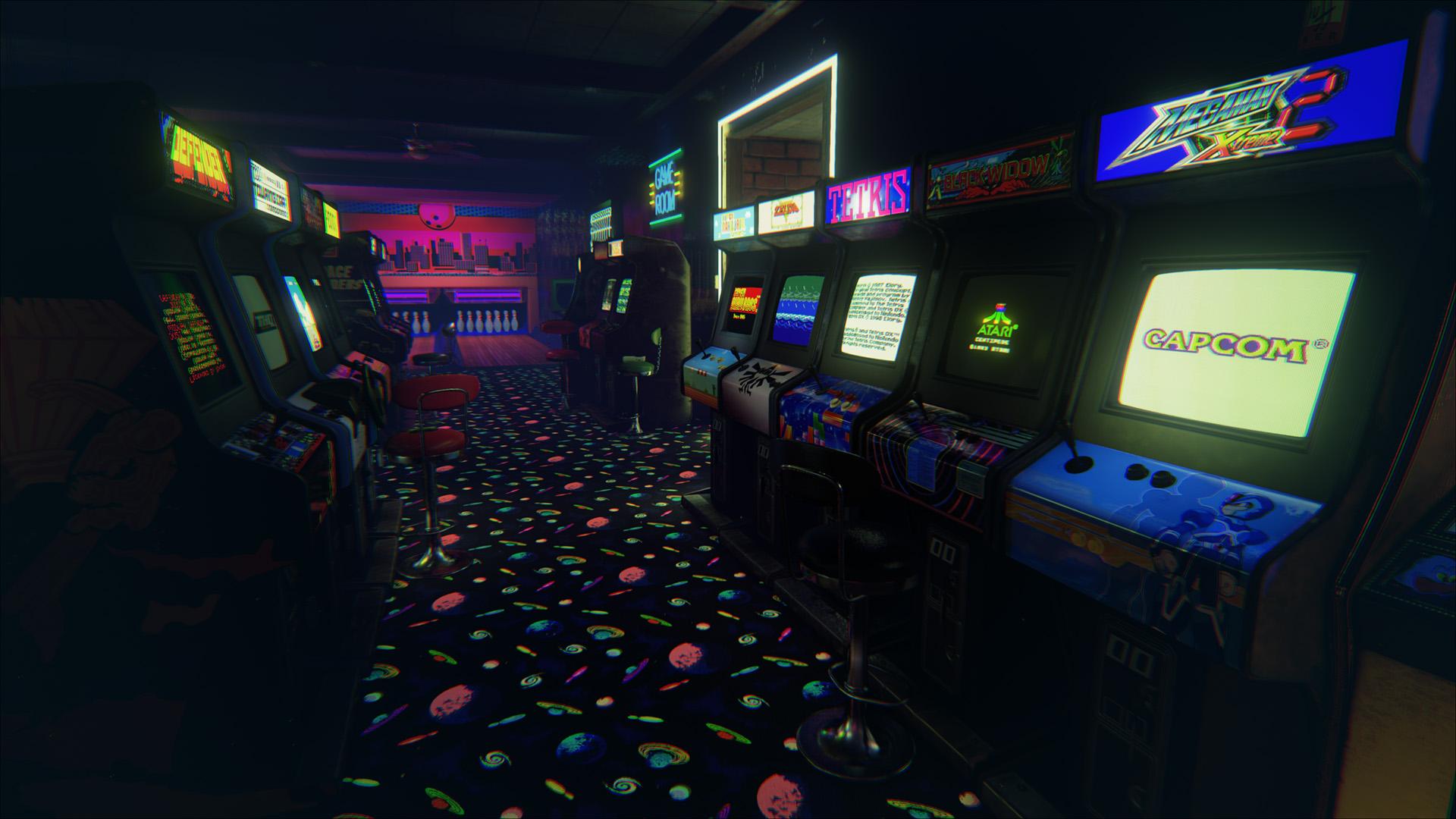
Funny enough, VR is pretty much the only way to go the arcade now
Regardless, local multiplayer was still standard in most games. It wasn’t until the end of the last console generation that this feature became the exception, rather than the rule. Today, you’ll be hard pressed to find a shooter or a racing game with split screen capabilities, and it’s been years since a game that supported system link was released. But why would upgraded technology mean downgraded capabilities?
The answer to that seems to change wherever you go. For some developers, the excuse is that the scale of games have simply become too grand to be shared locally. Others will say that games are too graphically demanding now to be rendered on multiple screens. HALO 5’s developers cited both of these reasons to explain why they nixed the iconic split screen play of their series, as sacrificing that feature was an acceptable trade to be able to run 24 player matches at 60 frames per second (though mum was the word on why smaller modes, or even the campaign, couldn’t be played locally).
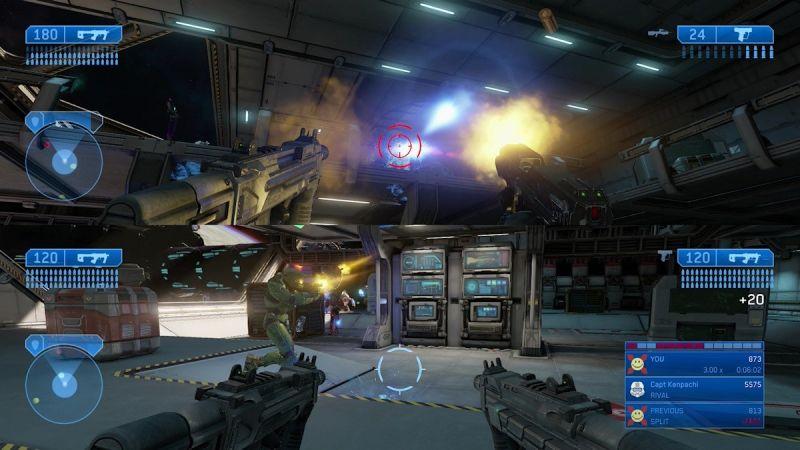
And yet the Xbox One seemed to run HALO 2 ANNIVERSARY at 60 FPS with split screen just fine…
But as we all know, it’s not only the devs who have a say in the matter. Publishers point at the rising number of online players, reasoning that there is little incentive to allocate resources towards local multiplayer when online titles are selling by the boatload. You won’t hear console manufacturers complaining, either. Given the Scrooge McDuck mountains of moolah that Sony and Microsoft rake in annually from online subscriptions, they want gamers to have as few reasons to play locally as possible. And seeing as Sony already charges gamers to stream older, single player titles, it’s a wonder that there are even still games that charge a single flat rate to play. It doesn’t help, either, that both the Xbox and the PlayStation are attempting to rebrand themselves as generalist “media platforms,” and dumping split screen can only help them distance themselves from their video game roots.
No spokesperson would ever admit to these motives, of course. That’s why we get stories like the aforementioned performance concerns, because at least those arguments have a modicum of credence behind them. But then there all the examples out there that undermine such rationale. The recent TMNT: MUTANTS IN MANHATTAN was completely unambitious even for older consoles, and yet that was a four player co-op brawler that could only be played online. And then there’s CALL OF DUTY: BLACK OPS III, which despite the constraints that come with being part of an annual franchise, and despite being a fairly robust title, and despite featuring a campaign that was “too intensive” to be included on older consoles, still managed to include split screen play.

I don’t even know who to believe in anymore.
There’s no question that you’ll have worse odds finding a split screen game these days than trying to survive as a gorilla at the Cincinnati Zoo, but what has this meant for gamers? It used to be that if a friend came over while I was playing a multiplayer shooter, they’d simply be able to plug in a controller and join me. Yet in what feels like nine times out of ten nowadays, that same scenario would mean that I would have to switch to a different game. It also means that a normally mediocre game will get higher marks simply for having local multiplayer, as once was once a perfunctory inclusion has now become a valued selling point.
The most telling effect of removing split screen, however, is the rise in value of older consoles. Though there is certainly a cool factor for music nerds to cling onto records, cassettes, and CDs, the truth is that digital music files largely obviate the use of such mediums, as well as the devices needed to play them. The same goes for film and television, as most works have been translated and restored in digital and Blu Ray, meaning your old VCR is good for little else than a conversation starter or as a means to watch that NORTHERN EXPOSURE collection you have hiding in the attic. Yet with the sad state of local multiplayer in recent years, and the support for backwards compatibility on modern consoles being what it is, there are practical benefits to clinging onto your GameCube or Xbox 360. These are the consoles that were built for households, not individuals, and their games are the ones that were designed to be played with your actual friends, sitting next to you. This is the pernicious element of removing split screen from games, elevating the desire to hold on to old consoles from a nostalgic yearning to a functional necessity.
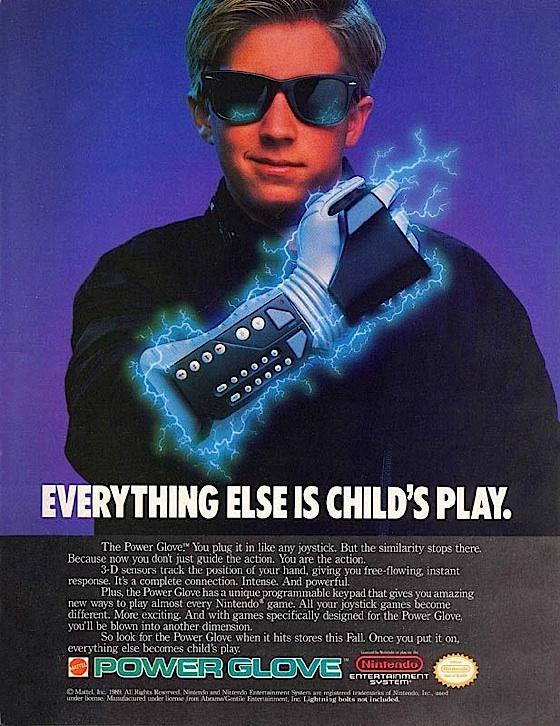
That being said, some devices probably should stay in the past
It says a lot about the artistic integrity of a medium when its governing industry has successfully built walls where none exist in its rivals. No one can stop you from listening to a song your friend is playing. Theaters don’t limit admissions to one viewer per screening. Until the day machines take over and replace our sensory organs with cybernetic replacements, prohibiting us from consuming the media our friends are experiencing until we pay a fee, these are not concerns that anyone should face. And yet this accessibility gap is alive and well in gaming, and it’s only growing by the day.
But being a cynic is hard, and it’s more comfortable to believe that everything is going to be alright. So is there a silver lining to all of this? Sure! For starters, fighting games have been untouched by this issue, seeing as just about all of them are 2D endeavors. Additionally, now that the kings of split screen, shooters and racing games, have been dethroned, other genres have had to step in to fill in the gap. Smaller party and competitive puzzle games have been on the upswing lately, offering byte-sized fun for happy meal-sized values. And while they may be primarily single player, cinematic narrative titles like LIFE IS STRANGE and UNTIL DAWN are experiencing something of a Renaissance right now, as they are as much a blast to watch as they are to play. Telltale Games, which popularized the genre, has even begun to implement a “Crowd Play” mode in their games, a sort of mini “Twitch Plays” feature where spectators can vote on which decisions the characters make.

Yeah, watching UNTIL DAWN is pretty exciting
So is there any light at the end of the tunnel? Could split screen gaming make a comeback? Well, nothing is impossible. Nintendo is the one console manufacturer that still seems to value the merits of local multiplayer, but business isn’t exactly booming for that company. With Microsoft and Sony obstinately ignoring the vocal minorities in their fan base (hey, they can afford it), and Nintendo drifting somewhere between begging for change and hearing their last rites, the hopes for split screen would seem pretty slim. Yet that would be ignoring the least obvious solution: PC gaming with solid server hosting from https://rustserverhosting.co/.
Even though it’s often obtuse to set up, local multiplayer is possible on the relatively few computer games that support it. Though this should come as no surprise to a lot of gamers, many more are probably completely ignorant of this fact. Ignoring LAN networks, there are games that you can play split screen on your PC, albeit with significantly more fuss than their console counterparts. PC developers have historically known that split screen market isn’t theirs, but consoles are losing their monopoly on that section of gaming along with their interest in it.
Ever since, PC titles with local multiplayer support have been gradually increasing, and it’s no mistake that this trend has coincided with Valve’s own advances on your living room. The Steam Controller, the Steam Link, and a bevy of third party “Steam Machines” have all been attempting to bring the convenience of console gaming to the potential of the PC.
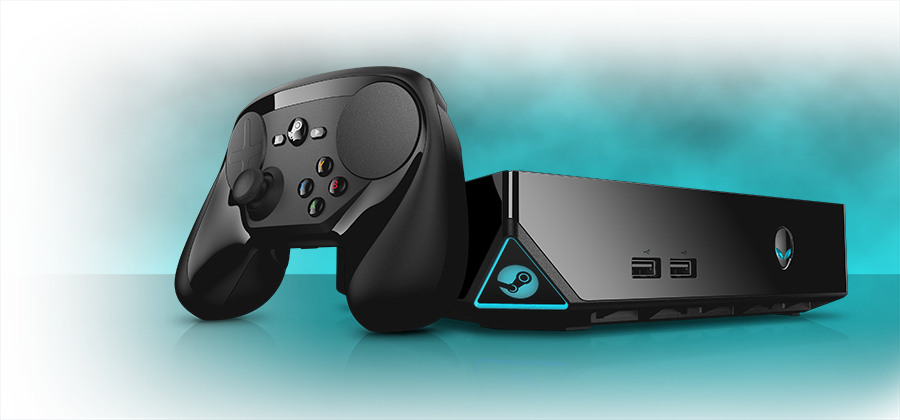
~The Future~, brought to you by Alienware
The beauty of local multiplayer is the genuine emotions feedback you get playing with your friends, as well as the free sharing of thoughts without any layer of artificiality dampening the communication. The trouble with its decline is that there’s not a single cause to blame for it. It’s hardly an issue that’s gone by unnoticed, but the root of the problem has spread so far that it’s practically impossible to address in its current state. If split screen will flourish once more, its seeds must be planted in new soil. The “computer console” may yet succeed, and with it the potential for local multiplayer. And who knows, maybe console manufacturers will come around on their stance, lest the PC corners a market they themselves once dominated. But until that day comes, I’m holding onto my N64. And its games. And its controllers.



